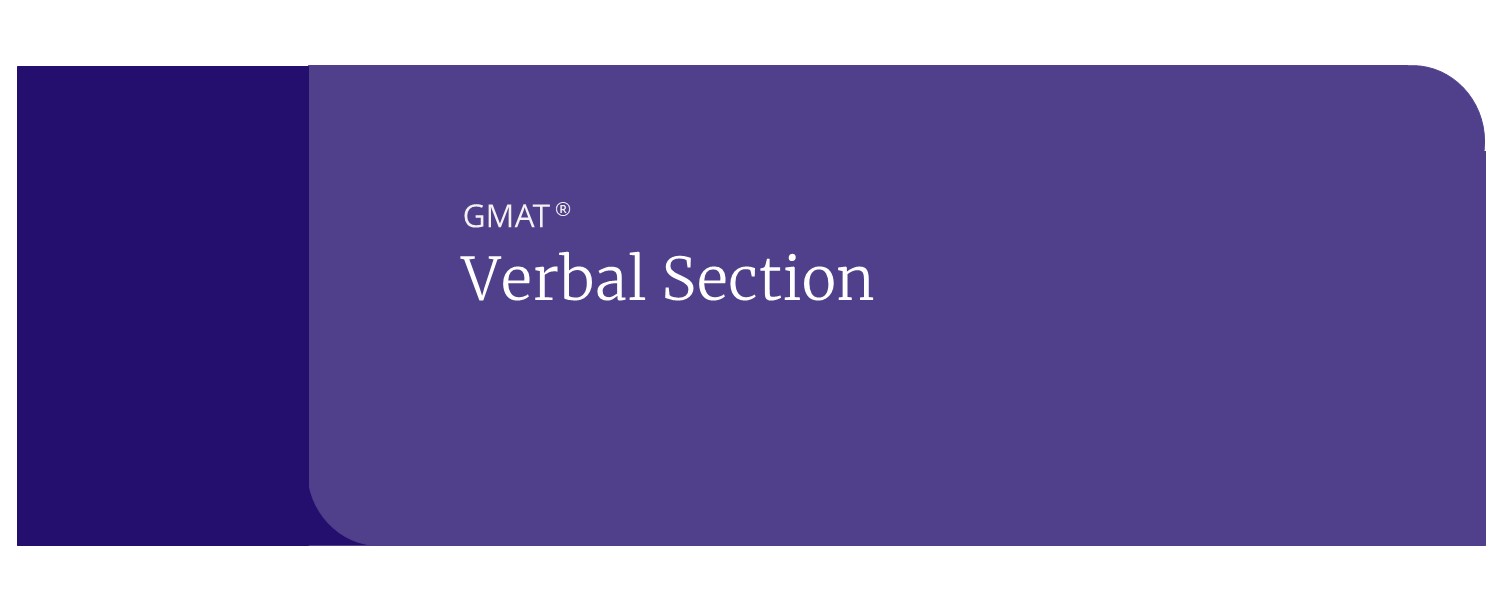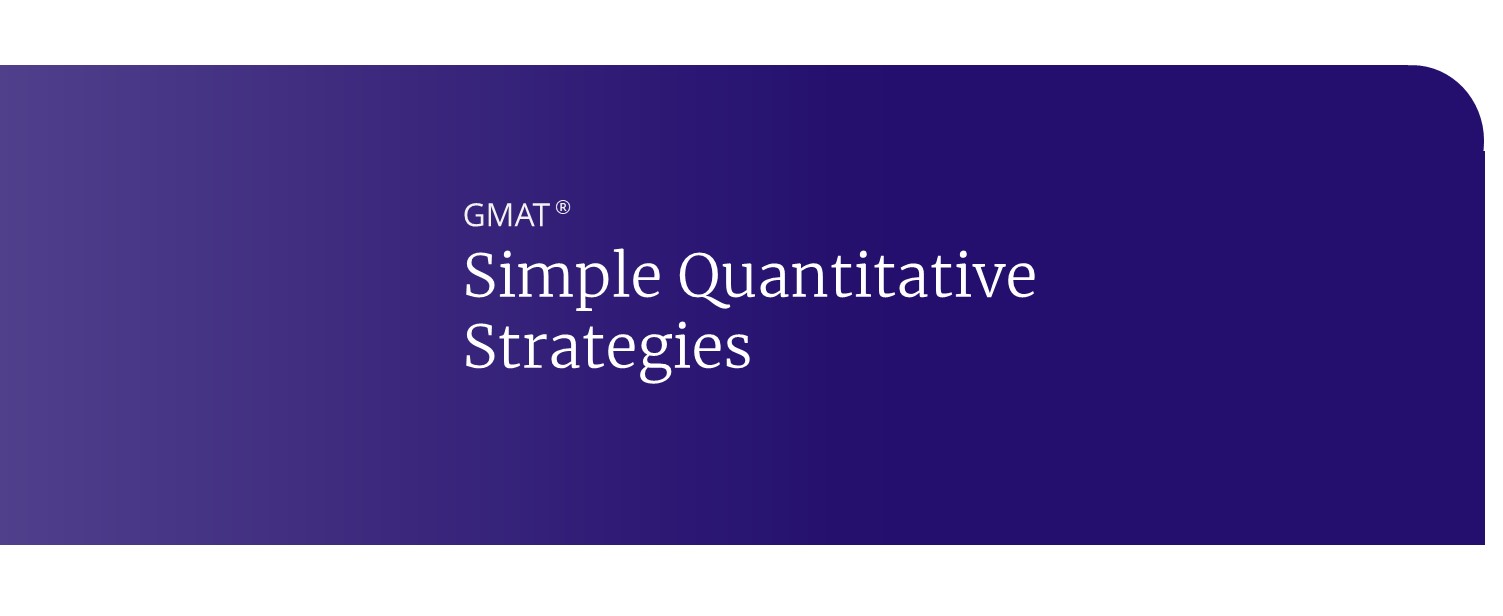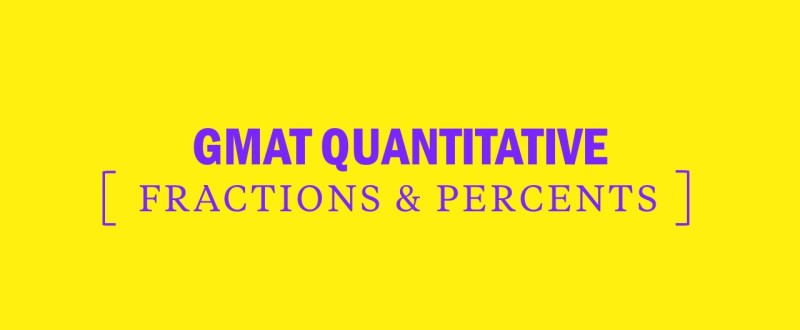What's Tested on the GMAT: Verbal Section
The GMAT Verbal Section is designed to test your skills in analyzing arguments and your ability to read critically. The section consists of 2 question types: Critical Reasoning and Reading Comprehension.
- Time: 45 minutes
- Format: 23 questions
- Tests: Critical/analytical thinking, Comprehension, Inference
You have 45 minutes to answer 23 Verbal questions in two formats: Reading Comprehension and Critical Reasoning. These two types of questions are mingled throughout the Verbal section, so you have to be prepared for anything when the next question pops up on the screen.
How Many GMAT Questions in Verbal Section?
There are 23 questions in the GMAT Verbal Section.
GMAT Verbal Section: Critical Reasoning
Critical Reasoning tests the skills involved in making and evaluating arguments, as well as formulating a plan of action. You will be presented with a short argument and a question relating to it. For example, you may be asked to find the answer choice that strengthens or weakens the argument. Or you may be asked to find an assumption the argument makes or to make an inference yourself.
Succeeding on Critical Reasoning questions requires 4 things:
- Understand the argument’s structure.
- Identify the conclusion.
- Determine what evidence exists to support the conclusion.
- Determine what unstated assumptions are made to jump from evidence to conclusion.
Most importantly, read carefully. Critical Reasoning questions and answer choices are notorious for their tricky wording.
There is a big score penalty for leaving questions unanswered at the end of the multiple choice sections of the GMAT. If you find yourself running out of time, guess on the remaining questions to avoid the penalty. Ideally, solidify your time management skills before test day, so that you don’t find yourself in this situation.Expert Tip
GMAT Verbal Section: Reading Comprehension
You have probably become quite familiar with Reading Comprehension questions over your standardized testing career. These passages and questions test your critical reading skills—more specifically, your ability to:
- Summarize the main idea
- Differentiate between ideas stated outright and those implied by the author
- Make inferences based on information in the text
- Analyze the logical structure of a passage
You will be presented with a reading passage on the topics of business, social science, biological science, or physical science and then asked 3-4 questions about that text. The tone is that of a scholarly journal.
Your goal is not to try to memorize all the information. First, read through it quickly to get an idea of the general topic, the author’s purpose, his or her voice, and the scope of the passage. Most of all, don’t obsess over details—you can always look them up in the passage.
Transition words can help you to determine the role of various parts of the passage. Words like however, yet, and surprisingly indicate a contrast. Words like in addition or for example indicate information that supports a point that was already made. Hypothesis and theory signal a possible main topic, and found or concluded indicate some kind of outcome or determination.
Now that you know how boosting your test knowledge might boost your score, find out more about how you might do on the GMAT if you took it today. Check out our GMAT Pop Quiz to get a sense of where you stand.
Your total GMAT score is calculated from “scaled scores” from all three sections of the GMAT. The new scoring scale for each section is 60 to 90 in 1-point increments. All three sections (Q, V, and DI) factor into your total score on a scale of 205 to 805 in 10-point increments.
The most important score on the GMAT is the total score, which ranges from 205 to 805. This score is the GMAT result that schools look at primarily. The population of these scores follows a standard distribution: most students score near the mean score, and more than half of all GMAT test takers score within 50 points of 545, the approximate mean. Pulling yourself out of that cluster is an important part of distinguishing your application: the top 10 business schools accept students with an average GMAT score of 665, the 94th percentile.
[RELATED: What’s a Good GMAT Score ]



